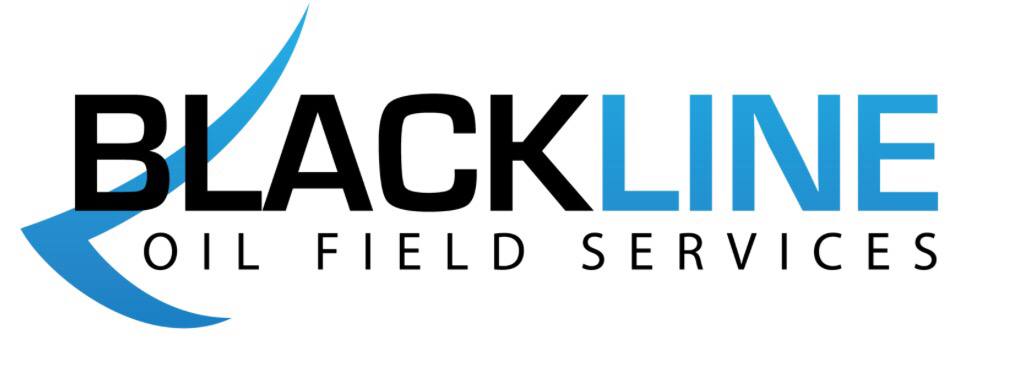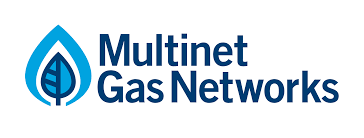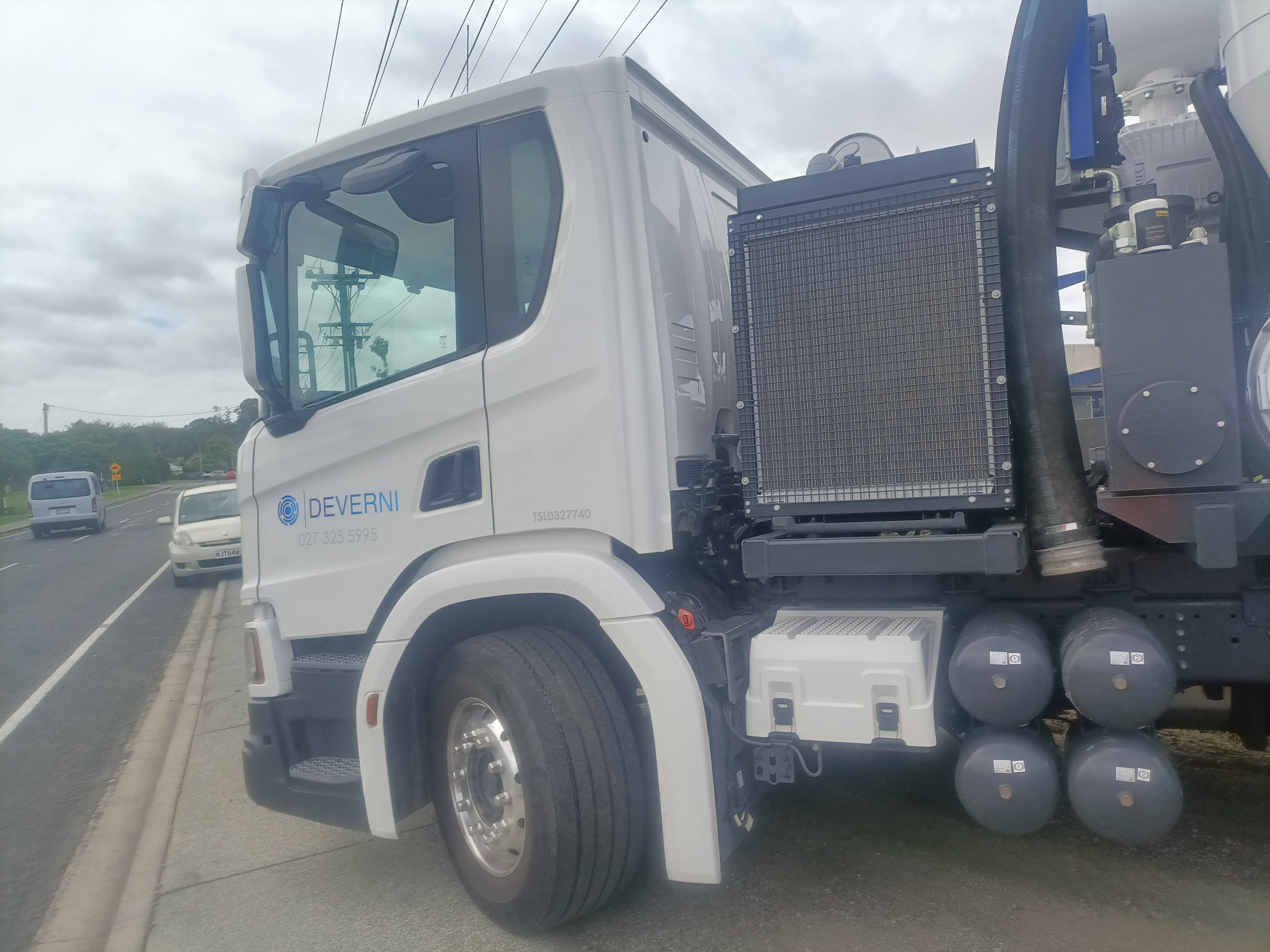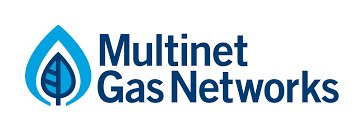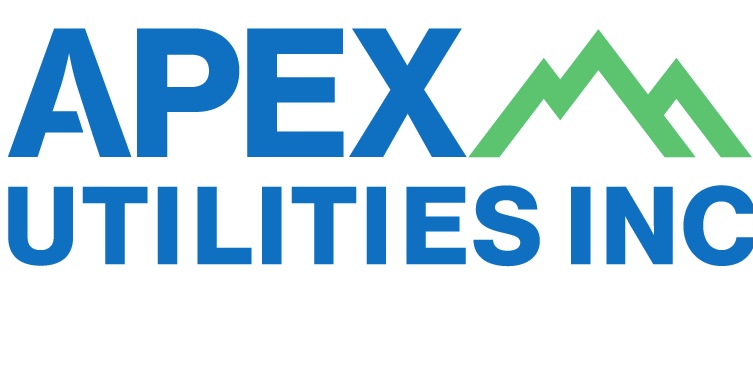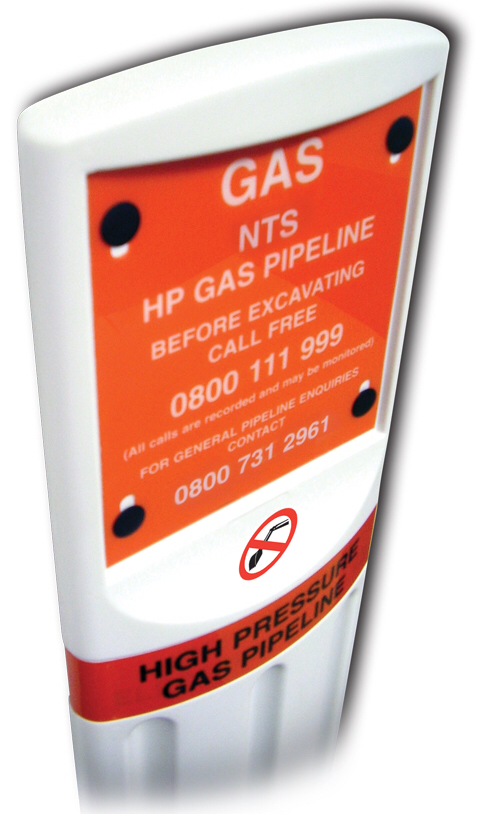Information
-
Document No.
-
Audit Title
-
Client / Site
-
Prepared by
-
Conducted on
-
Location
-
Personnel
Body Positioning
-
Lifting/Pulling/Pushing - proper lifting technique (bent knees vs bent back), load less then 50 lbs, turning body vs twisting body
-
Walking/Climbing - 3 points of contact climbing ladders or stairs, using hands to grip ladder not tools/equipment when climbing, eyes on travel path
-
Line of Fire - working or standing in the path of equipment/materials/tools that may shift, relieve pressure, move or fall
-
Pinch Points - potential pinch points labeled, body parts kept clear, guards in place, discussed on JSA
-
Cramped/Overextended - overextending to pass/place material, working in tight areas that limit movement, rotating workers to limit time in cramped areas
-
Stable Surfaces - vices or clamps used to prevent movement, jack stands/working surface on level/stable ground
-
Material Handling - proper communication, secure transfer & control (not throwing/tossing items), good body positioning
Personal Protective Equipment
-
Eye/Face Protection - proper eye wear in use, face shield in use if needed, goggles available when needed, proper storage when not in use
-
Head Protection - hard hat on, no foreign objects stored in hard hat, hard hat less than 5 years old and in good condition
-
Foot Protection - steel toed boots worn, metatarsal guards in use when needed, boots properly laced & tied, rubber/chemical boots in use when needed, chemical boots taped closed when in use
-
Hand Protection - gloves worn when performing work, gloves in good repair and stored properly when not in use, proper glove type worn for job bing performed, chemical gloves taped closed when in use
-
Respiratory Protection - respirators worn properly, respirators stored properly when not in use (in sealed bag w/ filter cartridges removed), proper size and type in use, fit test card present and current, properly cleaned before/after use
-
Hearing Protection - ear plugs available and in use, double hearing protection available and in use when needed, stored properly when not in use
-
Body/Trunk Protection - FR clothing in use and in good condition, tyvek suits in use and good condition when needed
Fall Protection
-
Harness - worn properly, adjusted as needed, appropriate tie off point, inspection performed and documented, proper storage when not in use
-
Lanyards - appropriate style in use (3 ft, 6 ft, y-lanyard, SRL, etc.), inspection performed and documented
-
Cheaters - proper selection and use, softeners in place if needed, inspection performed and documented, proper attachment
-
Lifelines - proper attachment points, inspection performed and documented, appropriate use discussed prior to job starting, proper length, correct number of people tied off to it, rope grabs in place when needed
Work Environment
-
Housekeeping - area free of debris/trash, hoses/cords maintained out of travel paths, trash receptacle available
-
Storage - material stacked/stored in neat and orderly manner, material placed properly to prevent movement, walkways maintained in storage area to allow access to material, unusable/damaged material/equipment stored and labeled separately
-
Travel Paths - designated walkways noted and discussed, pathways clear of obstructions
-
Adequate Lighting - adequate lighting for work being performed, explosion proof lighting in use when needed
-
Sanitation - port-a-johns available and sanitary, hand washing station available, potable water available at all times
-
Ventilation - adequate means of ventilation in confined areas, ventilation method documented and discussed
Job Safety Analysis (JSA)
-
JSA Complete - all components complete prior to beginning work
-
Emergency Action Plan - location of evacuation points, safety shower/eyewash, and fire extinguishers noted
-
Job Steps - major job steps of task noted, hazardous job tasks noted, area hazards noted
-
Hazard Identification - hazards noted for key job steps, equipment/area hazards noted, tool hazards noted
-
Mitigation - specific plan in place to control or eliminate identified hazards (wear PPE is not specific enough)
-
Work Place Design - immediate job area is set up to minimize risk/exposure to hazards and not create additional hazards
-
Signatures - signed by supervisor and all crew members
Safe Work Practices
-
Permits - permits kept on site, filled out completely, signed by all parties, and being followed
-
Toolbox Meeting - daily meeting performed to discuss daily job tasks, hazards, mitigations/controls, etc
-
Hazardous Communication - MSDSs on site/available, chemicals and hazards discussed prior to job start
-
Confined Space - permit in place and being followed, attendant alert and in place, communication to entrants available, confined space log in place and being properly utilized
-
Lockout/Tagout - LO/TO procedures being followed, proper tags in place, key holder identified on lock, all employees signed in/out properly
Hand and Power Tools
-
Tool Selection/Use - tool selected and used designed for the job being performed
-
Tool Condition - tools in working order, no modified/homemade tools present, safety guards in place
-
Tool Inspection - tools inspected prior to use, blades sharp, cords not frayed/taped, inspection documented as required and current
-
Storage - tools stored properly when not in use, accountability program in place
-
Ground Fault Circuit Interrupter - GFCI in use when needed, stored properly when not in use
-
Service and Maintenance - Power cord unplugged when service/maintenance takes place, only authorized parties service/maintain tools
Vehicles and Equipment
-
Certified Operator - operator is company certified, certification card in possession of operator, certification current
-
Inspection - inspection performed, documented and available
-
Spotter/Flagger - spotter/flagger in place when needed, effective communication between operator and spotter/flagger, vest worn and flag in use
-
Operation - vehicle/equipment operated safely, seat belts worn by all occupants, JSA in place specific to equipment operation
Cranes & Rigging
-
Inspections - crane inspected and documented, fire extinguisher in good condition
-
Operator - certified, fit for duty, aware of signals and method of communication
-
Outriggers - fully extended and level, mats in place on stable ground
-
Slings/chains/ropes - inspected and in good working condition, softeners used when needed, shackles used appropriately, within weight limits, rigged properly
-
Overhead lifts - lift plan in place as needed, no one working under load, horn/whistle sounded during lift, tag lines in use
Welding/Cutting
-
Fire Prevention - fire watch and containment in place, fire extinguisher available, LEL monitoring performed
-
Equipment - in good working order, all safety guards in place, hoses/cords in good condition
Ladders
-
Inspection - documented and current
-
Placement - 4:1 ratio, extends minimum 3 ft above entry point, properly secured
-
Access/egress clear
Chemicals
-
MSDS - MSDS on site, employees aware of hazards, first aid procedures known
-
Storage - proper labeling, secondary containment, No Smoking signs posted
Electrical
-
Cables/Cords/Leads - untaped and undamaged
-
Cord Placement - not run through pinch points (doors, windows, near moving machinery, etc), run overhead when available, placed out of pathways
Abrasive Blasting
-
Operators - certified blasters operating equipment
-
Equipment - inspected and documented prior to use, safety guards in place, deadman switches not chocked
-
Hoses & cords - whip checks in place, hoses in good condition, connections secured properly, cords inspected, pathways kept clear of hoses/cords
-
Supplied Air - carbon monoxide monitored, Grade D breathing air or better in use, breathing box certified when in use
-
Blast Hoods - stored properly when not in use, kept clean, lenses replaced when needed
Trenches & Excavations
-
One-Call documentation On-Site
-
Competent Person - on location
-
Soil - placed at least 2 ft from excavation
-
Sloping - proper ratio for soil type
-
Access/Egress - available, sufficient amount for number of workers, properly spaced (no more than 25 ft distant from another)
-
Shoring - in place when needed, properly set up
-
Condition - no water present, inspected by CP
-
Comments
-
Supervisor Name
-
Auditor Name
